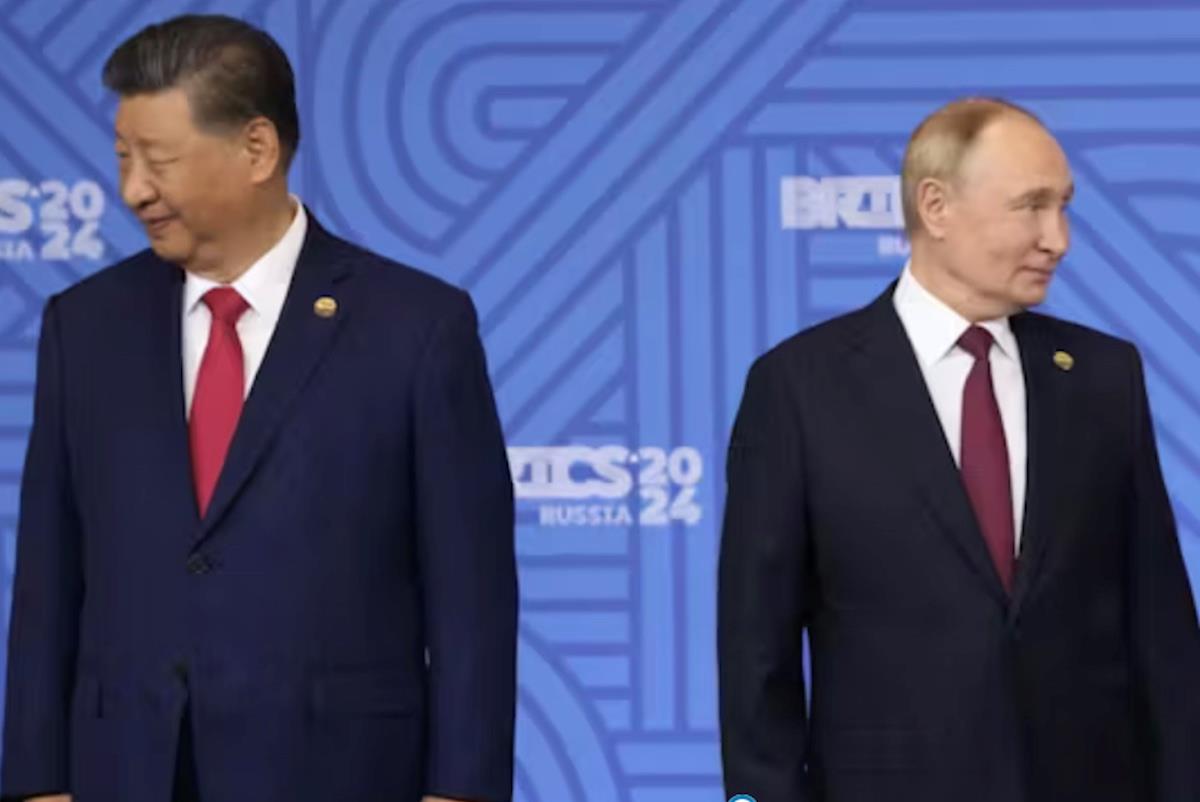
Asian Calm Before Trump's Inflationary Storm
In recent days, three economies posted weaker-than-expected inflation. In Japan, consumer prices fell to a 3.7% year-on-year rate in February from 4%.
In Hong Kong, prices dropped to 1.4% in February from 2%. Singapore's core inflation fell to 0.6% in February, a near four-year low. In Malaysia, costs eased to 1.5% from 1.7%. And China , of course, is contending with deflationary pressures.
Asia's experience contrasts significantly with America, where inflation is running hotter than feared at nearly 3%. So much so that the Federal Reserve is risking Trump's wrath by not cutting interest rates.
Yet all that is about to change as Trump's multiple, overlapping trade wars lift prices everywhere – particularly inside the US as consumer prices are set to rise and rise. And, perhaps, bond yields for trading nations big and small.
Consider this the calm before the Trumpian inflation storm to come. At the moment, a tariff-closed US is far more prone to inflation risks than trade-geared Asia. But that's about to change as Trump does his worst to the global financial and trade systems.
“Tariffs are simply inflationary, despite what Donald Trump may tell people,” says Bradley Saunders, an economist at Capital Economics.
Economist Lydia Cox at the University of Wisconsin-Madison says that by“trying to protect certain industries, you can actually make other industries more vulnerable.”
Or, in Trump's case, make that the entire US economy, seemingly. Even economists who are positive on America's prospects worry Trump's tariffs will create both growth headwinds and inflation.
“We continue to bet on the resilience of the consumer, the economy and corporate earnings, but we reckon that heightened recession fears will weigh on valuation multiples,” says Ed Yardeni, president of Yardeni Research.
Yardeni adds that“we acknowledge that the risks of a recession and a bear market might continue to increase. It all depends on the often-unpredictable president, who frequently, and proudly, has referred to himself as 'Tariff Man,' reflecting his strong support for protectionist trade policies.”
Some worry the US is veering toward a scenario where growth craters and inflation surges. Recently, Fed officials predicted US gross domestic product (GDP) will expand at an annual rate of just 1.7% versus an earlier forecast of 2.1%. As JPMorgan economist Michael Feroli sees it, the figures“were revised in a stagflationary direction .”
Faris Mourad, an analyst at Goldman Sachs, says,“we like our stagflation long/short pair basket for investors looking to reposition their portfolios and hedge against rising possibilities around stagflation.”
The downshift in US growth is rapidly changing the calculus for top Asian economies, including China.

Legal Disclaimer:
MENAFN provides the information “as is” without warranty of any kind. We do not accept any responsibility or liability for the accuracy, content, images, videos, licenses, completeness, legality, or reliability of the information contained in this article. If you have any complaints or copyright issues related to this article, kindly contact the provider above.

























Comments
No comment